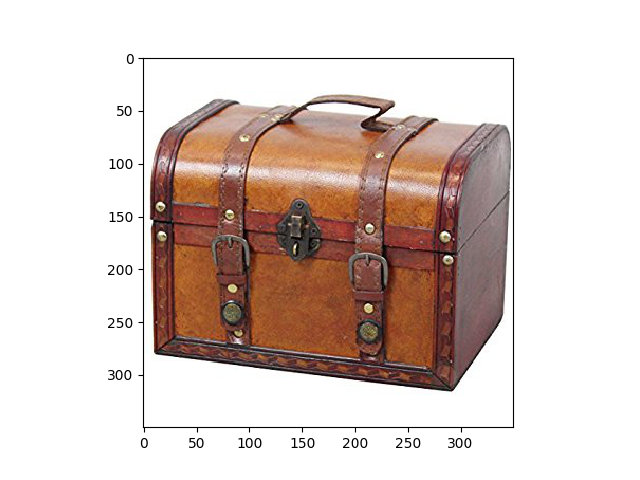Note
Click here to download the full example code
Pipeline using Time Series Padding and Truncation¶
This is a basic example using the pipeline to learn a feature representation of the time series data using padding and truncation instead of sliding window segmentation.

Out:
N series in train: 105
N series in test: 35
N segments in train: 105
N segments in test: 35
Accuracy score: 0.8285714285714286
<matplotlib.image.AxesImage object at 0x7f4c55d8d7f0>
# Author: David Burns
# License: BSD
import matplotlib.image as mpimg
import matplotlib.pyplot as plt
from sklearn.model_selection import train_test_split
from sklearn.preprocessing import StandardScaler
from sklearn.svm import LinearSVC
from seglearn.datasets import load_watch
from seglearn.pipe import Pype
from seglearn.transform import FeatureRep, PadTrunc
# load the data
data = load_watch()
X = data['X']
y = data['y']
# create a feature representation pipeline with PadTrunc segmentation
# the time series are between 20-40 seconds
# this truncates them all to the first 5 seconds (sampling rate is 50 Hz)
pipe = Pype([('trunc', PadTrunc(width=250)),
('features', FeatureRep()),
('scaler', StandardScaler()),
('svc', LinearSVC())])
# split the data
X_train, X_test, y_train, y_test = train_test_split(X, y, test_size=0.25, shuffle=True,
random_state=42)
pipe.fit(X_train, y_train)
score = pipe.score(X_test, y_test)
print("N series in train: ", len(X_train))
print("N series in test: ", len(X_test))
print("N segments in train: ", pipe.N_train)
print("N segments in test: ", pipe.N_test)
print("Accuracy score: ", score)
img = mpimg.imread('trunk.jpg')
plt.imshow(img)
Total running time of the script: ( 0 minutes 0.201 seconds)